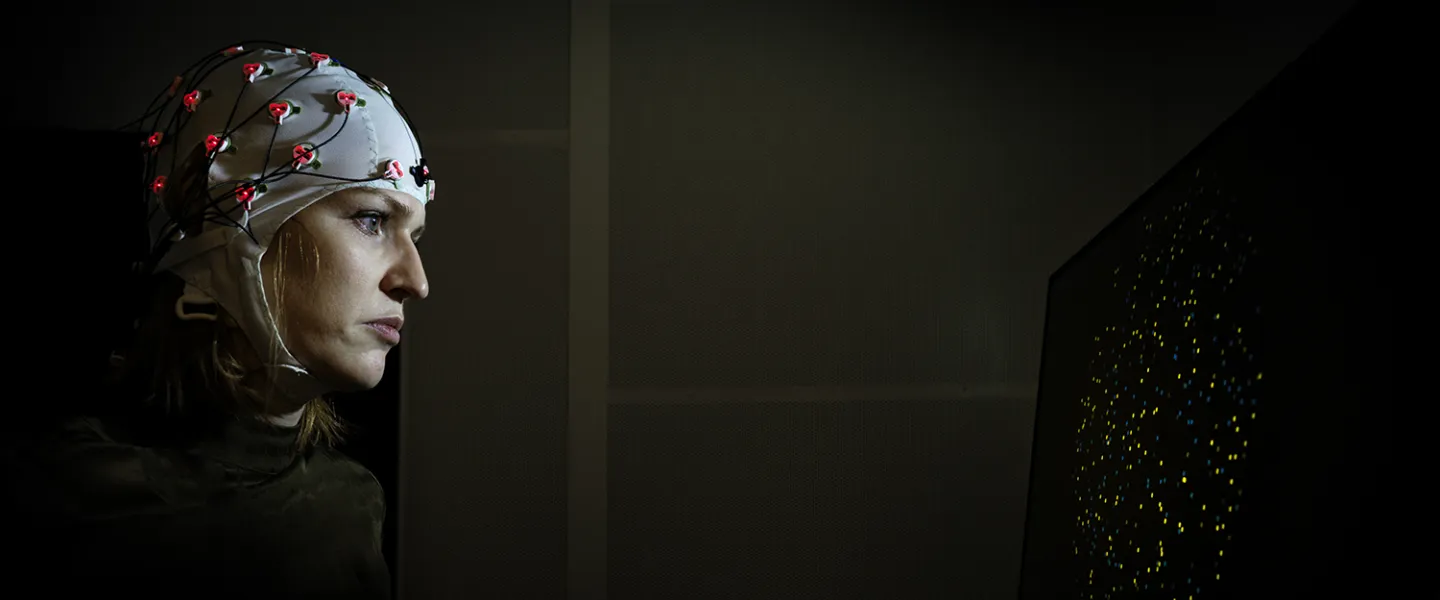
Consistent with the existence of face cells and face regions, there are also examples of specific difficulties—but also specific abilities—in recognizing people by their face alone. So-called super-recognizers can even identify people they only met briefly once many years ago. At the other end of the spectrum are those who are face blind (prosopagnosic) – they are particularly poor at recognizing people by sight. The person who writes this (Heida Maria Sigurdardottir, Professor at the Department of Psychology, University of Iceland) is probably on this end of the spectrum, and has repeatedly gotten herself into trouble by introducing herself to people, only to have the person tell her that she has already met them and conversed with them many times. People with severe face blindness may even have trouble recognizing close relatives and friends based on their face alone.



